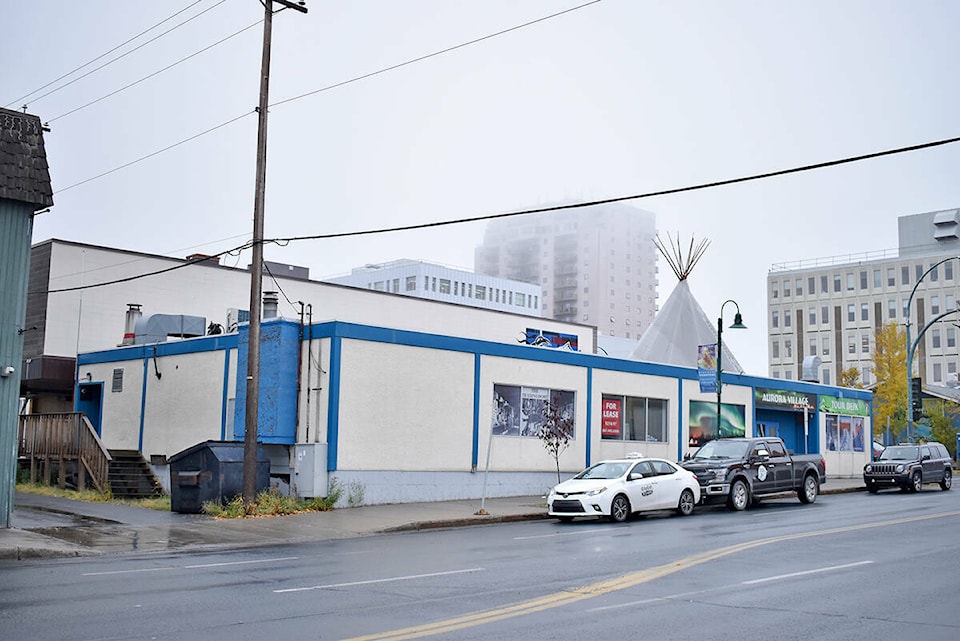Four councillors voted against allowing a temporary homeless shelter at Franklin Avenue and 48 Street.
Three were in favour during the Oct. 4 meeting. One was excused from voting because of a conflict of interest.
All eight elected representatives, without a doubt, went home that night and every night since, to a comfortable residence.
In 2017, council created a 10-year plan to end homelessness.
Four years later, our municipal leaders still cannot agree upon a temporary location to help handle the significant number of destitute individuals needing support as the chilly fall sets in, amid a COVID-19 pandemic outbreak, no less.
For context, research done in 2018 revealed that 338 Yellowknife residents lacked “stable, permanent and appropriate housing.”
What we witnessed at a council committee meeting on Oct. 4 was a handful of councillors once again kicking the can down the road, or playing out the clock, if you will.
Council is well aware that many downtown business owners are vehemently opposed to having a temporary shelter in close proximity to their places of commerce. Therefore, voting to allow the proposed site to proceed would be risky, from a political standpoint. It would be much easier to just wait for the GNWT to declare a state of emergency and take control of a site, as happened last November with the former Mine Rescue building — let the territorial government be perceived as the “bad guy” by some members of the business community.
Between June and November last year, council heard from Department of Health and Social Services delegates during repeated visits as the number of proposed temporary shelter locations grew to 25 — and none of them found solid backing. Not one.
Over all that time, council came up with a single, rather vague plan: drafting a tender for a temporary structure that would be erected on one of four municipally-owned properties. That idea didn’t get very far, as the GNWT’s state of emergency was issued several days later.
Coun. Shauna Morgan reminded her colleagues on Oct. 4 that the vote on the latest proposed temporary shelter location would be a difficult but necessary decision.
“We want to believe there is an option that would make everyone happy; that’s not the position we’re in,” she said. “This is about getting up and running as soon as possible.”
Exactly.
If the GNWT’s expectation to retain the permitted use of the downtown building for up to three years was a major sticking point, then council should have negotiated that detail. The use of the former Mine Rescue building was only an eight-month Band-Aid. However, it’s hard to blame the territorial government for not wanting to have to fight this battle every fall.
In late September, Health Minister Julie Green referred to the Franklin Avenue and 48 Street location as “truly our last option.”
Coun. Niels Konge expressed skepticism that the territorial government had really explored every possible scenario.
Then what was last year all about? Health and Social Services evaluated more than two dozen sites and hit roadblocks all along the way, finally being forced to invoke emergency measures when cold temperatures made it imperative. What would the government’s supposed ulterior motive be by choosing this latest temporary site?
The lack of trust between council and the GNWT on this file is indeed troubling.
One would think — and hope — that good governance and good will at both the municipal and territorial levels would prevail when the health and well-being of the city’s vulnerable citizens is at stake. Sadly, that just isn’t happening.
